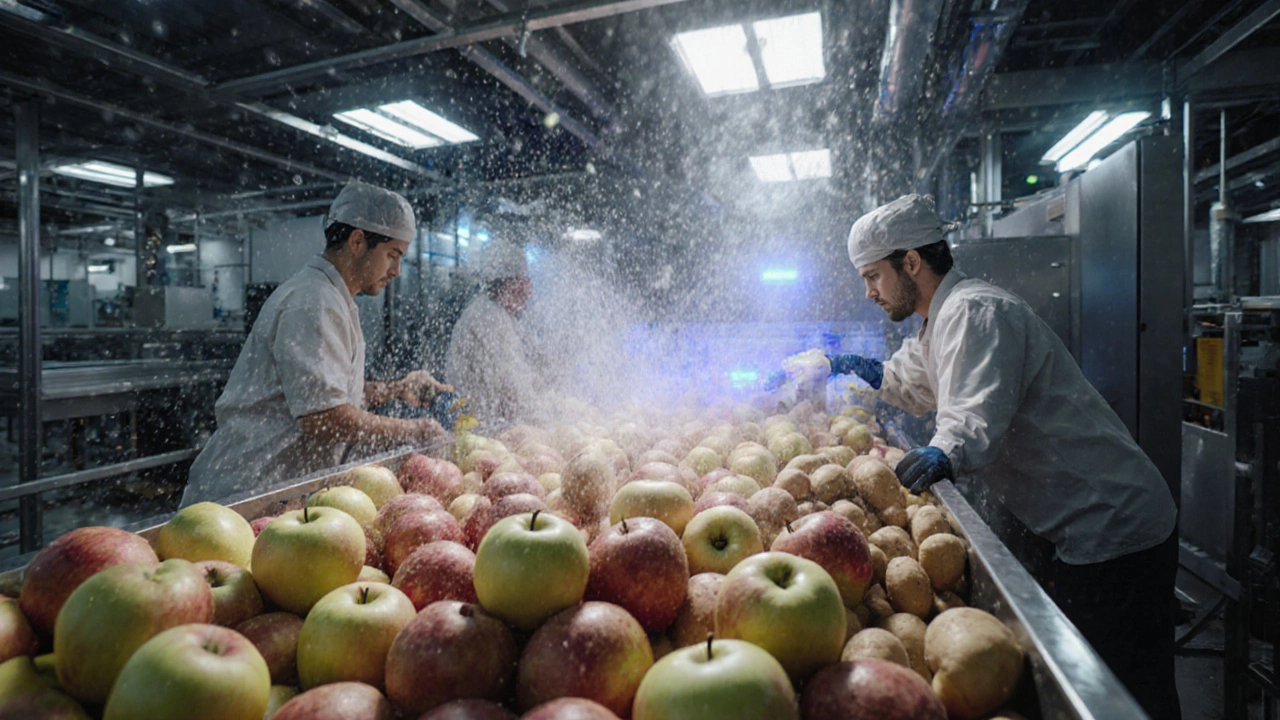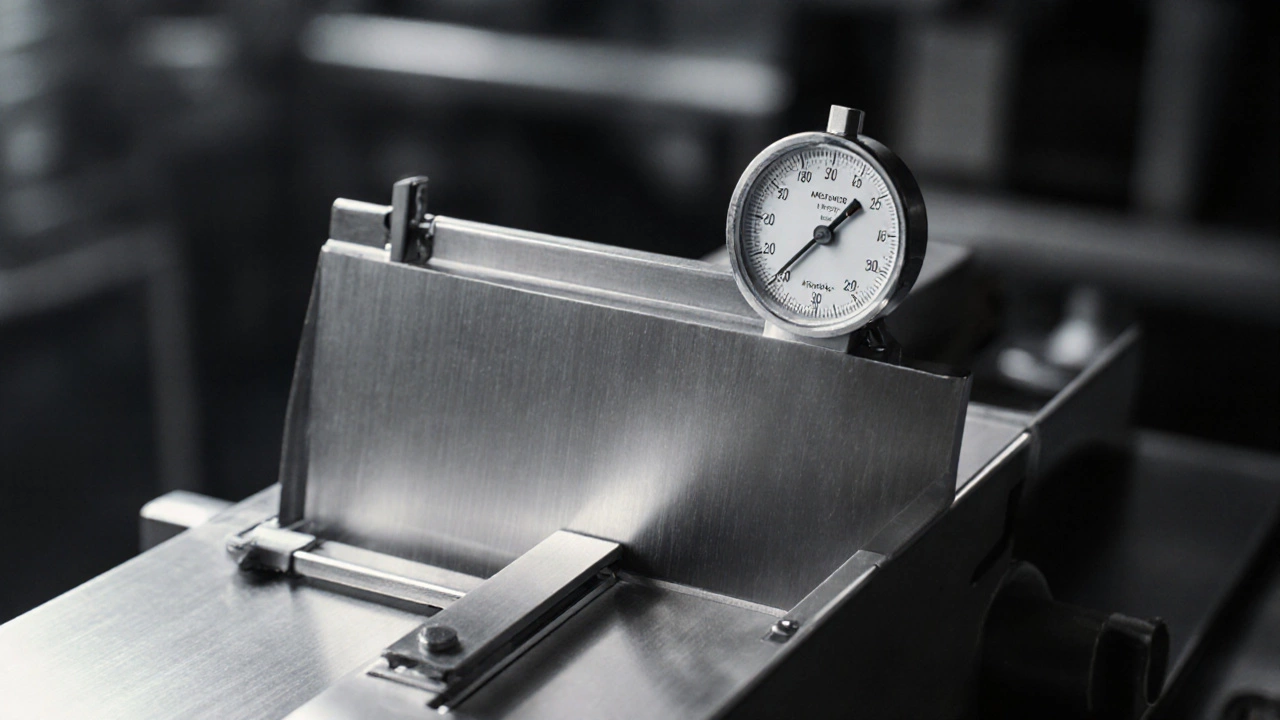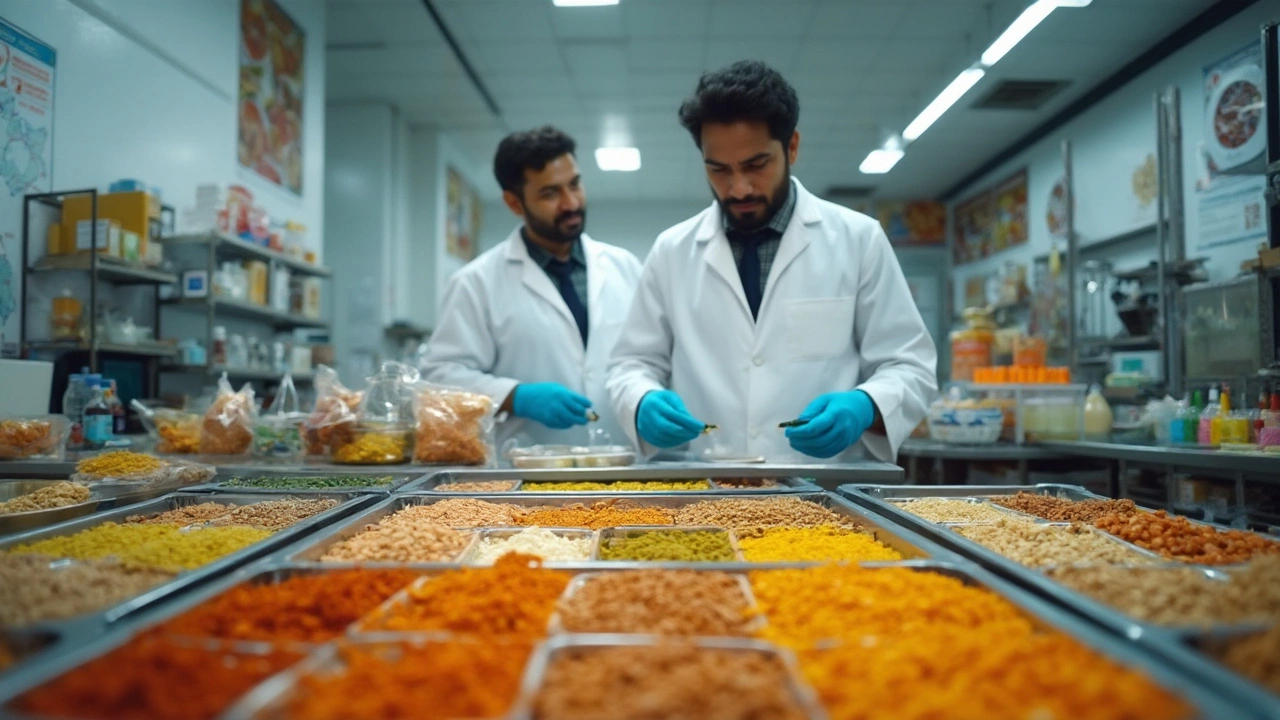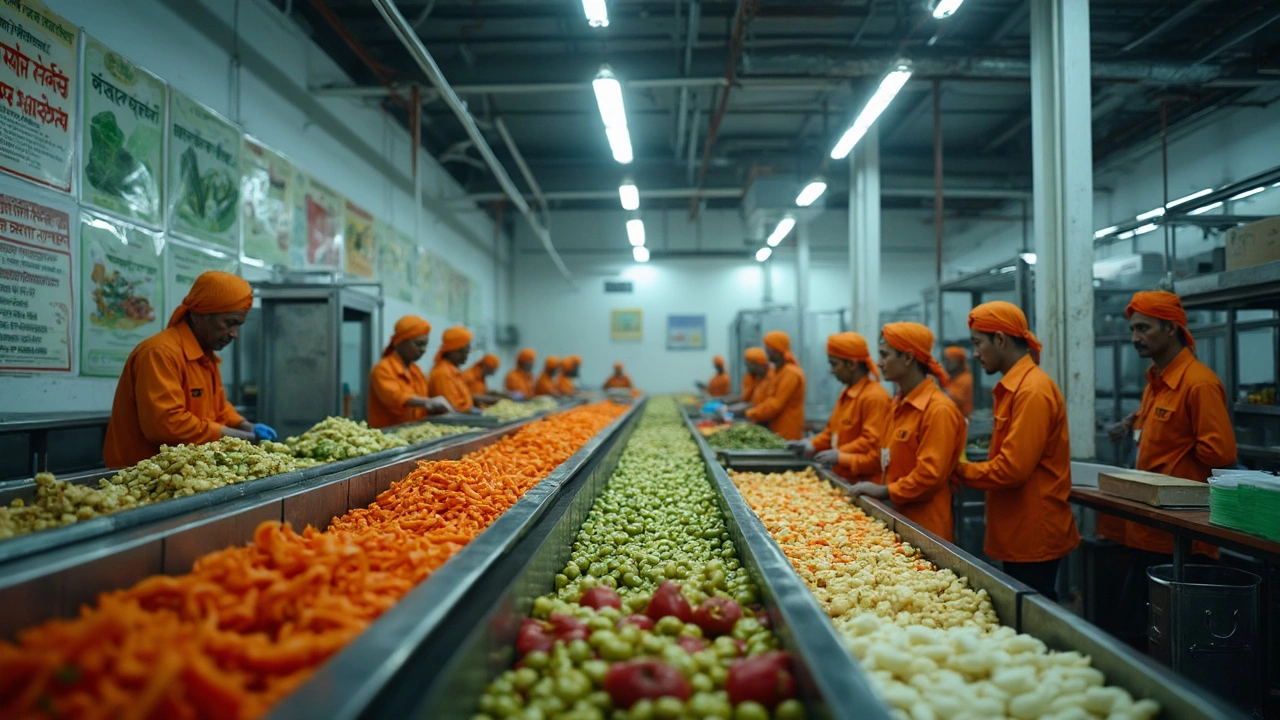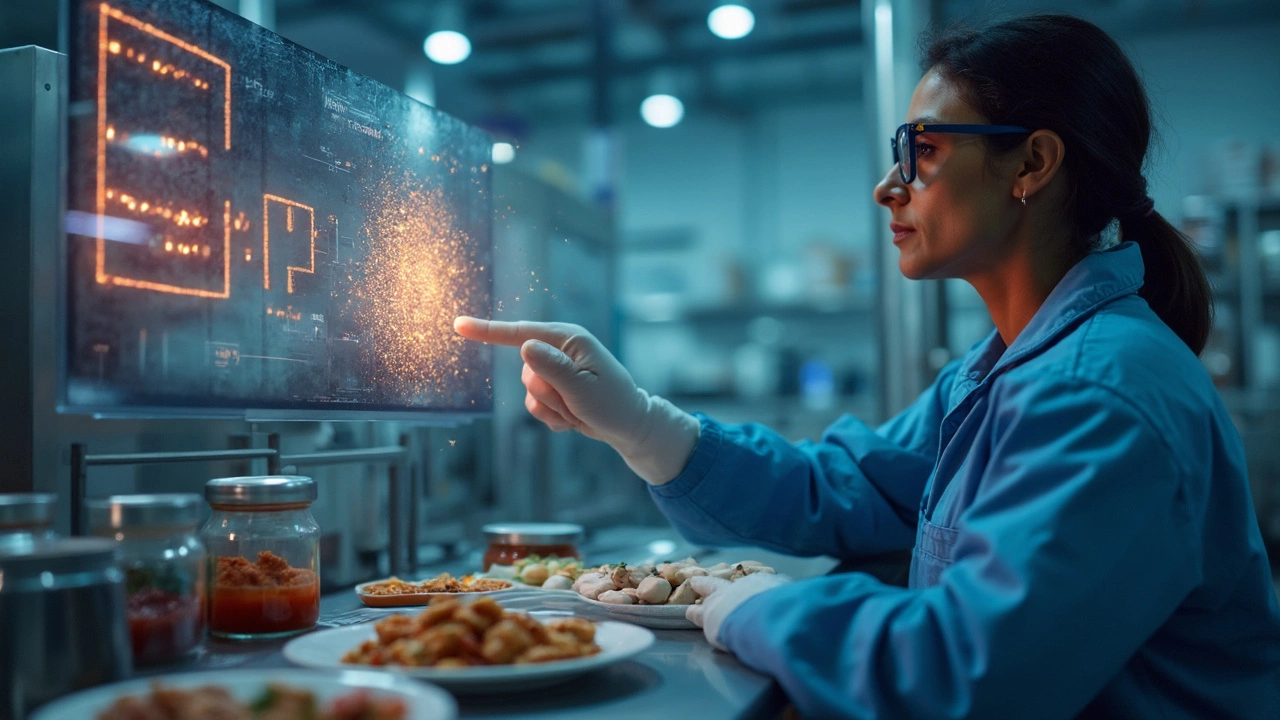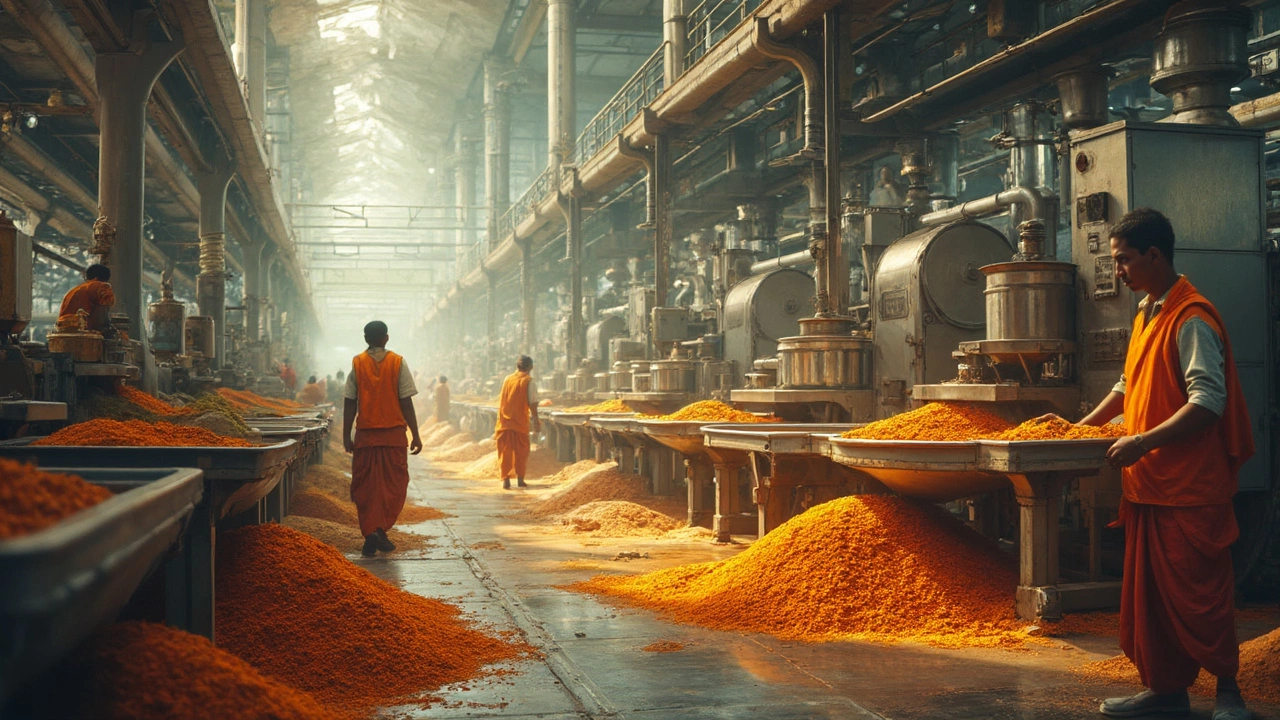Food Processing Articles and Resources
Looking for solid info on food processing? You’re in the right spot. This page gathers the most useful posts about how food gets from farm to table, the tech that powers it, and the safety rules that keep it safe.
Food processing isn’t just about big factories. It’s the series of steps that turn raw ingredients into the foods we eat every day. Understanding those steps helps businesses cut waste, improve quality, and meet consumer demand for fresh, safe products.
Why Food Processing Matters
First, processing adds value. It extends shelf life, makes food easier to transport, and creates new flavors. Second, modern equipment lowers labor costs and boosts consistency. Third, strict safety standards protect shoppers from contamination and keep brands trustworthy.
Technology is moving fast. Automation, IoT sensors, and AI-driven quality checks are now common on Indian production lines. These tools spot defects early, reduce downtime, and give real‑time data for better decisions.
Top Topics Covered on This Page
One of our most read pieces explains the science of eating. It breaks down how nutrition research shapes food processing choices, like using low‑glycemic ingredients or fortifying staples with vitamins.
Another article dives into sustainability. It shows how waste‑reduction methods, like reusing by‑products for animal feed, can lower costs and shrink a plant’s carbon footprint.
Market trends are also front and centre. We explore why Indian consumers are leaning toward ready‑to‑eat meals, how regional flavors are gaining national popularity, and what export opportunities look like for Indian processors.
For anyone starting a food‑processing venture, we have a practical cost guide. It lists typical expenses for equipment, land, and compliance, plus hidden fees you might miss.
Safety remains a top priority. Our posts detail the latest FSSAI regulations, HACCP steps, and how to set up an effective recall plan. Real‑world examples illustrate what can go wrong and how to avoid it.
Use this tag page as a quick reference. Click on any article title to read the full post, then apply the tips to your own operation. Whether you run a small bakery or a large dairy plant, the insights here can help you improve efficiency, meet standards, and stay ahead of the competition.
Got a specific question? Drop a comment on the article that interests you. Our community of industry experts is ready to share advice and answer queries.

What Are the Basic Operations of Food Processing?
Learn the core steps of food processing-from cleaning and thermal treatment to preservation and packaging-that make modern food safe, shelf-stable, and widely available. Understand how each stage protects health and ensures quality.

What is .0005 called in food processing units?
.0005 in food processing is a critical tolerance level-half a micron-that prevents bacterial growth in machinery. It's not a suggestion; it's a legal standard enforced by food safety agencies worldwide.

What Do Scientists Call Food? Science Behind Food Processing Units
Ever wondered what scientists really call food? This article breaks down the actual terminology experts use for the stuff we eat, especially in food processing units. We'll look at why plain 'food' isn't always specific enough, how ingredients get their official names, and how this all ties into what lands on your plate. Expect some practical tips on reading labels and a peek into the technical side of your favorite snacks. Get ready for a clear picture of the science happening behind your daily meals.

Food Units: The Backbone of Efficient Food Processing
Food units are the building blocks of food processing, where raw ingredients are turned into finished products ready for the market. This article breaks down what food units actually are, how they work, and why they matter for manufacturers and consumers alike. You'll get to know the different types of food units, important equipment inside, and safety rules that keep everything running smoothly. We also dig into the recent trends in the food processing industry and share tips for running a successful food unit. Whether you're in the food business or just curious, you'll find practical advice and real-world examples here.

What Does 5 μm Mean in Food Processing Units?
5 μm is a common term in food processing, especially when talking about filtering and separating particles. It's not just a number—it's a game-changer for product quality, texture, and safety. In food factories, understanding 5 μm helps decide equipment, control consistency, and avoid problems like unwanted grit or spoilage. This size can make the difference between a smooth sauce and a grainy mess. Knowing what 5 μm means can save time, money, and headaches.

Understanding Unit Operations in Food Processing
Exploring unit operations is crucial in food processing as they form the backbone of the entire manufacturing chain. Each operation, from mechanical to thermal processes, transforms raw ingredients into consumable products. Knowing these classifications helps in optimizing efficiency, choosing the right equipment, and maintaining product quality. This article dives into the primary categories and their role in the food industry.

What Does DPU Stand For in Food Processing Units?
DPU stands for 'Decentralized Processing Unit' in the context of food processing. These units play a crucial role in managing the food supply chain by processing food ingredients closer to their source. With DPUs, food producers can ensure higher quality and fresh products, providing more sustainable and cost-effective solutions. This article explores their role, advantages, and interesting aspects in the food processing world. Understanding DPUs helps anyone interested in the modern food industry and its future.
